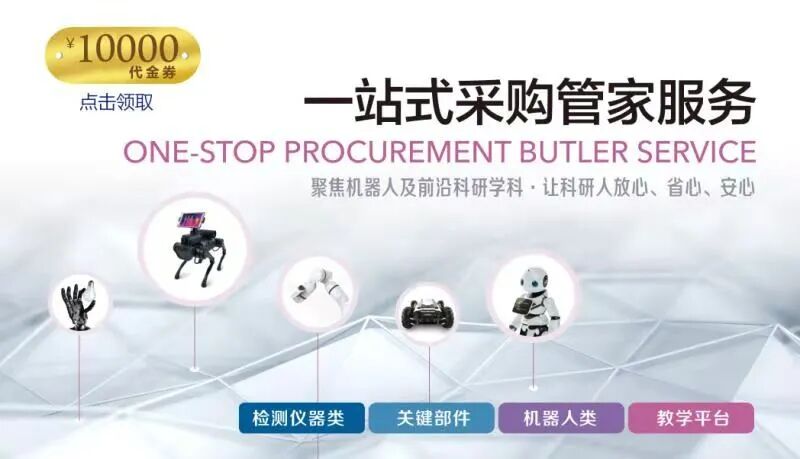

For more than 30 years since the reform and opening up, China’s technological progress has played a very important role, with demographic dividends, policy dividends, and low-cost resources contributing to the market competitiveness of Chinese manufacturing, which is also changing the world.
From a global perspective, although China is a major manufacturing country, it has always been large but not strong, and Chinese manufacturing is currently still in the third tier.The first tier of global manufacturing is led by the United States, with Germany and Japan occupying the second tier of intelligent manufacturing. China has successively introduced policies such as “Made in China 2025” and the intelligent manufacturing development plan, hoping to improve the level of manufacturing.In the strategic planning for intelligent manufacturing development in China, three stages of macro strategies are clearly defined: to reach the second tier of the world by 2025, to become a strong manufacturing country, to enter the forefront of the second tier by 2035, and to enter the first tier by 2045.
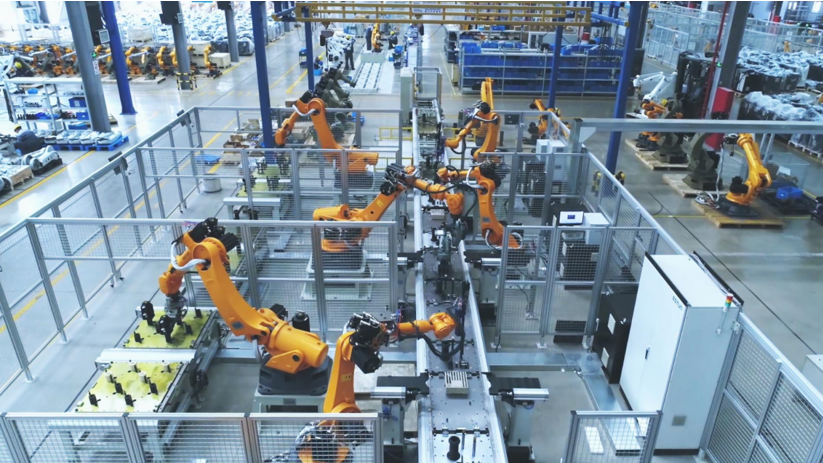
In the detailed execution of the macro strategy, China has also proposed a three-step specific plan:The first step is to achieve digital manufacturing, the second step is to achieve Internet + manufacturing, and the third step is to achieve a new generation of intelligent manufacturing. In terms of manufacturing types, these represent different forms of manufacturing that are labor-intensive, capital-intensive, technology-driven, and market-variable. Currently, China is still mainly in the labor-intensive manufacturing form, which relies on low-level, low-labor costs as its core competitiveness, with major industries including processing, assembly, home appliances, and electronic products.
As labor costs inevitably continue to rise and the instability of workers affects quality, the uncertainty of human factors has become a bottleneck for the development of labor-intensive manufacturing. At the same time, another dilemma in China’s product manufacturing model is emerging, namely that there are no high-end products being made, and low-end products have poor quality and are difficult to sell, leading to a very unreasonable industrial structure.
The fundamental way out of these dilemmas lies in transformation and upgrading, while improving the level of intelligence. Using artificial intelligence combined with manufacturing, employing AI + robots to reduce labor and mitigate issues such as quality instability and poor quality caused by human factors is undoubtedly a good method to promote the transformation and upgrading of the manufacturing industry.
New Changes Brought by Machine Vision
Artificial intelligence is an important technology for promoting the transformation of the manufacturing industry. In recent years, the concept of artificial intelligence has been very popular, but its actual application is still rare, especially in the manufacturing industry, where the application of artificial intelligence is still in its infancy.
Currently, the application of AI + manufacturing is mainly concentrated in conjunction with machine vision.
More than 75% of human information acquisition comes from vision, and machine vision is an enhancement of human vision. Machine vision is undoubtedly more powerful than the human eye; in many environments, the variability of human vision has increasingly failed to meet requirements. For example, in high-speed, high-precision production lines in the electronics manufacturing industry, the speed is often fast, the workpieces are small, and there are many non-standard parts. If heavily relying on manual labor, the inevitable fatigue and other objective factors of workers will lead to very high errors, resulting in unstable product quality. Therefore, it is crucial to replace the human eye with machine vision.
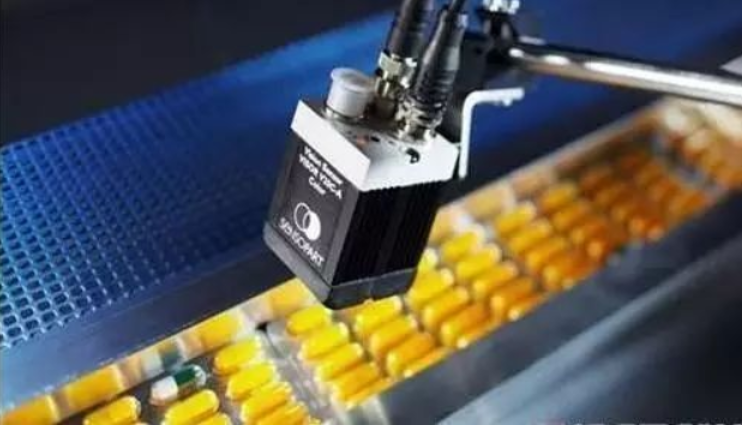
Machine vision is the most basic unit technology and a non-contact sensing device. In actual manufacturing use, it is mainly used to automatically acquire and interpret images of real objects, obtaining images for machine recognition, feedback, and controlling the manufacturing process.
Currently, the typical implementation technology of machine vision is completed using industrial cameras. Industrial cameras, by integrating motion control units, can capture motion images to a computer, which then recognizes and feeds back to the machine to execute action adjustments. Previously, automated equipment executed according to predetermined instructions, but with the addition of visual feedback, it can also quickly make real-time adjustments based on environmental perception, enhancing the intelligence of the equipment and improving execution efficiency and accuracy.
From the perspective of production lines and smart factories, the addition of machine vision can significantly enhance manufacturing levels. Currently, many factory devices have achieved basic automation, characterized by the ability to perform mechanical repetitive movements according to human programming. However, if machines are equipped with vision, they can actively adjust according to different environmental conditions, thus achieving intelligence on the basis of automated equipment.
Replacing manual labor with machine vision technology has already demonstrated strong feasibility in various scenarios. Currently, machine vision has been widely applied in the Pearl River Delta region. As the Yangtze River Delta and Pearl River Delta regions are concentrated in the electronics manufacturing industry, the processing of electronic components, PCB boards, and mobile phone assembly involves fine and relatively small manufacturing industries, while there is also a lot of strong light as backlight, which is very harmful to the human body. These scenarios are undoubtedly very suitable for the application of machine vision.
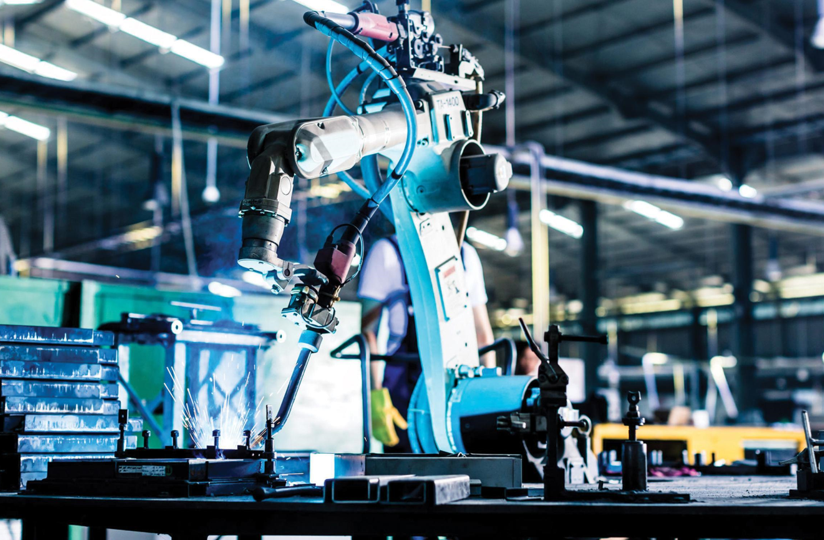
In the future, the development of machine vision is also expected to largely replace manual labor. With machine recognition and information processing, there are many scenarios that can be explored. Machine vision can also enhance the consistency and quality stability of workpieces, effectively completing key manufacturing processes such as inspection, and improving the overall efficiency of production lines. For example, in detecting the length, width, and thickness of workpieces, as well as in scenarios such as screen adhesion and scratch detection in the mobile phone industry, machine vision has much room for development.
In addition, machine vision can achieve more precise positioning, allowing robots to implement visual positioning and error compensation during the grabbing process. In OCR recognition, machine vision also has great potential, such as recognizing text on circuit boards, determining omissions, and judging whether installations are correct.
Machine Vision+Artificial Intelligence
However, the application scenarios of single machine vision are actually very limited. Machine vision has developed for 10-20 years, and its previous applications were relatively few. With the continuous reduction in hardware costs such as cameras and light sources in recent years, as well as the improvement in computer processing capabilities and the large-scale entry of artificial intelligence technology, it has gradually become more widely used in the industrial field.
Software and intelligent technology development have significantly increased the application of machine vision. In the electronic manufacturing equipment industry, machine vision has almost become a standard configuration, but in specific applications, traditional machine vision algorithms are often still used, and the application of AI-based machine vision algorithms is still relatively rare. Therefore, the field of machine vision + artificial intelligence still has a very large market space.
Using artificial intelligence + machine vision for machine recognition has obvious advantages, most directly reflected in the significant increase in manufacturing flexibility.
Flexible manufacturing often manifests as industrial equipment such as robots being able to present better adaptability to different positions, lighting, and complex environments. For example, in color detection of objects, if traditional machine vision is used, the subtle discernibility of different colors is actually not high. If there are slight differences in shade or color bias within a certain color, traditional machine recognition is likely to make mistakes, while the method of using artificial intelligence + machine vision can accurately improve detection rates and correctness.
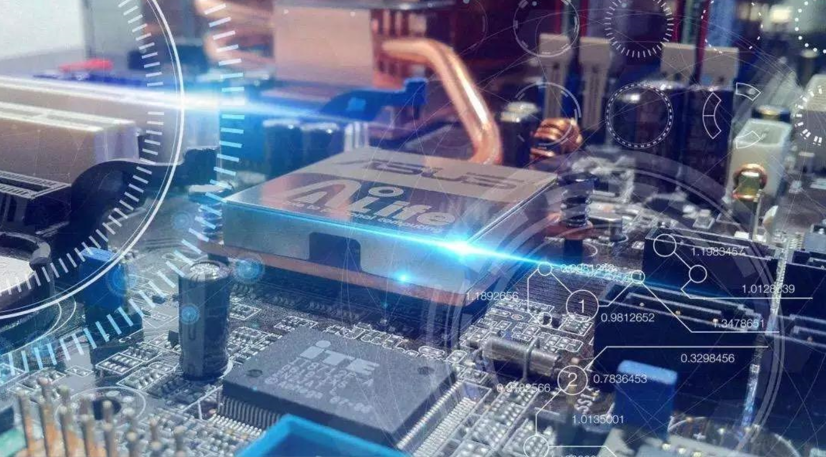
Using AI-based machine vision for detection also facilitates human-machine interaction, enhancing the convenience of detection. Previously, to achieve precise point, line, and surface detection at specified locations often required human clicking and other operations to instruct the vision to detect which circle or line. However, with the addition of AI, when a circuit board is placed on the production line, it can automatically recognize various issues through reinforcement learning, thus completing visual + intelligent calibration, intelligent size measurement, and real-time position judgment, greatly improving efficiency and the intelligence of human-machine interaction.
Currently, based on the combination of traditional machine algorithms, vision algorithms, and artificial intelligence algorithms, Germany and Japan have already achieved industry applications in detecting circuit board texture defects and surface defects in mobile camera modules, mainly focusing on detecting metal damage and size deviations. If deep learning methods can be adopted in the future, the detection rate of machine vision + artificial intelligence will be further improved.
However, accuracy has always been a limitation constraining the development of artificial intelligence applications. Currently, most artificial intelligence algorithms often do not achieve high accuracy, with an error rate of around 15%. This means that in industrial applications, some manual re-inspection is often still required, leading to high industrialization costs. If future accuracy can reach over 95%, the industrial application of artificial intelligence + vision will no longer be a challenge.
Machine Vision+Artificial Intelligence+Robots
The application of machine vision + artificial intelligence requires a carrier device, and industrial robots are undoubtedly the most suitable products for carrying visual units in recent years.
Since industrial robots essentially integrate multiple disciplines such as computer control mechanisms, information sensing, and artificial intelligence simulation, they are high-tech products. The concept of industrial robots was proposed in 1951, and the first industrial robot was born in 1962. By 1969, machine vision had already been applied to industrial robots. In the 1970s, with the development of the automotive industry, especially in Japan, the application of industrial robots became popular. By the 1990s, with the development of artificial intelligence algorithms, some intelligent industrial robots based on tactile and visual functions began to be applied internationally, but they are still not mainstream today.
However, it is undeniable that industrial robots have gradually become an important support for intelligent manufacturing. Currently, many industrial processes in various industries almost have the shadow of industrial robots, such as loading and unloading, transportation, and processing industries like welding, spraying, screwing, and gluing processes, where robots have entered and are continuously expanding their market share.
How to enhance the technical capabilities or processing capabilities of industrial robots through artificial intelligence (AI) + vision? This has been a direction of thought and research for many experts and scholars in recent years.
Based on traditional machine vision, industrial robots can become more flexible, and their technical capabilities have been further enhanced, while the development of AI technology has begun to give industrial robots some intelligence.
Thanks to the application data, knowledge, and experience accumulated by AI technology in industries such as medical rescue and transportation, the possibility of applying AI technology to industrial robot technology has gradually emerged. Many experts believe that if AI technology can be organically combined with industrial robots, it will greatly enhance the technical capabilities of China’s industrial robots. Since the development of artificial intelligence technology has placed China on the same starting line as the world’s leading countries, in terms of international scope, the application of AI + robots in China is still on the same starting line as world-class enterprises.
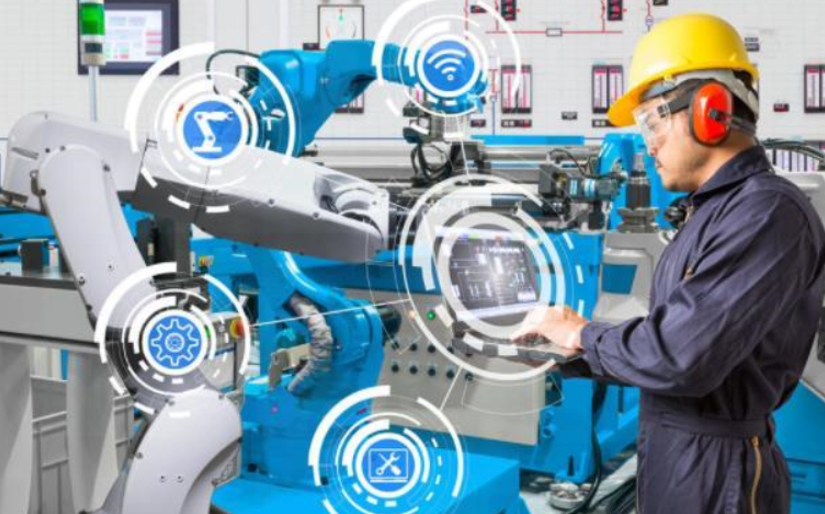
Currently, the four major families of industrial robots have not been able to achieve good results in combining with AI based on publicly available information. For example, KUKA, in its combination with AI, has only focused on enhancing the autonomous perception capabilities of robots through artificial intelligence technology to better achieve collaboration between two collaborative robots. This position perception technology can effectively improve the working efficiency of robots. For instance, when humans and robots work together, robots can timely perceive and predict human actions, thus making position adjustments in advance to achieve organic interaction between robots and humans. By incorporating AI, robots can effectively perceive human presence and intentions, allowing them to quickly choose to replenish materials based on the production line’s shortage, greatly improving production line efficiency.
By incorporating AI technology, the tolerance for working errors of robots has greatly increased, while also enhancing positional accuracy. For example, in some assembly processes with high precision requirements, manufacturing costs are very high because assembly requires high precision from robots and other equipment. However, with the addition of AI, the absolute dependence on processing precision can be reduced. For instance, in processes like needle piercing, AI + vision guidance can be used to compensate and increase manufacturing flexibility. For example, in an assembly scenario, to assemble a left part into a right box, robots can first use visual guidance to move to a fixed position, and then use tactile guidance to complete the assembly process.
At the same time, artificial intelligence can also improve the anti-interference ability and error compensation ability of the processing process.In polishing processes, once the polishing of a car’s exterior begins, the entire process must follow a fixed polishing procedure. If there is human interference, it can easily reduce polishing precision. However, with the addition of AI, robots can automatically sense environmental changes, allowing the polishing process to consider human factors and continue executing while adjusting to achieve a quality-compliant optimized collaborative process.
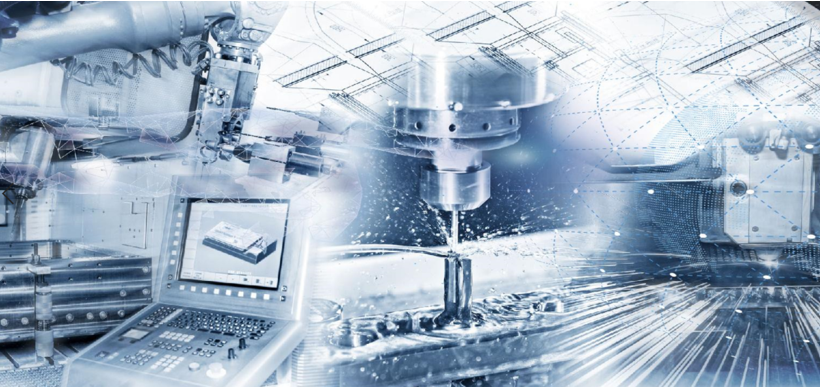
Artificial intelligence can also increase the reusability of robots.The reusability of robots mainly focuses on processes. In simple terms, it means that certain programmed procedures can be applied to multiple different application scenarios. For example, polishing different curved surfaces or spraying different styles can achieve multi-process reuse of a single program without needing to reprogram multiple times for small non-standard products. Through artificial intelligence perception technology, robots can automatically adjust and reuse processes.
In addition, programs with artificial intelligence also possess process optimization capabilities. Previously, traditional robots executed fixed trajectories programmed by humans, moving from start to go as two points in a fixed process. However, with the addition of AI robot controllers, the trajectory from start to go can be automatically optimized, resulting in higher grabbing efficiency.
On production lines, through big data analysis from artificial intelligence, proactive maintenance and alarms for robots can be achieved, ensuring that production lines remain in a high-efficiency working state.
The New Future of Intelligent Manufacturing
The production line of artificial intelligence + machine vision + robots is actually beginning to present the embryonic form of intelligent manufacturing.
One of the very important characteristics of Industry 4.0 or intelligent manufacturing is the ability to achieve personalized customized product manufacturing. In simple terms, current industrial production lines often produce in large quantities, leading to excess and inventory issues. In the future, product competition will require personalized customization, thus requiring enterprises to quickly and effectively switch production, shorten delivery cycles, control costs more finely, and reduce production line alternation times. This undoubtedly involves many artificial intelligence technologies.
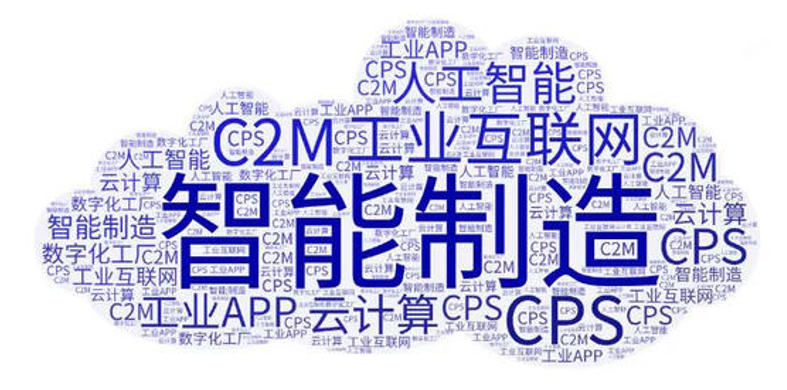
There is a term in academia called CPS, which stands for Cyber-Physical Systems, encompassing various levels of artificial intelligence technology. Digital twin technology is essentially a physical manifestation of CPS. CPS reflects the fusion of physical systems and information systems, and through artificial intelligence reasoning, calculation, and optimization technology, it ultimately enables the large-scale production of personalized products.
Currently, both Tencent and Alibaba’s unmanned factories hope to achieve such customized large-scale production lines, ultimately allowing production tasks to be automatically transmitted to production units via cloud platforms after customer orders, followed by overall factory planning and scheduling to meet delivery deadlines and cost requirements.
However, there are not many companies worldwide that have actually completed this production method, with Nike being a relatively typical case. Nike’s personalized shoe customization has been attempted for nearly 10 years, and it began to turn a profit last year. However, relevant personnel from Nike have also stated that at this stage, the cost of personalized customization is more than 30% higher than that of non-personalized customization, and this part of the cost is still borne by the customer.
Conclusion
In the year 2020, although the sudden outbreak of the COVID-19 pandemic first occurred in China, the Chinese economy showed remarkable resilience, becoming the only country among major economies to achieve GDP growth. The total profit of industrial enterprises above designated size reached 64,516.1 billion yuan, a year-on-year increase of 4.1%, with the high-tech manufacturing industry accounting for 17.8% of the profits of industrial enterprises above designated size, an increase of 1.9 percentage points compared to 2019.It can be seen that the structure of industrial profits is continuously optimizing, and industrial structure adjustments are underway.
2021 marks the beginning of the “14th Five-Year Plan” and the acceleration of new industrialization. Standing at the starting point of the “14th Five-Year Plan” and looking to the future, it is clear that future software and hardware technologies represented by machine vision and artificial intelligence will drive the improvement of the intelligent manufacturing system, transforming the development model, management model, and production methods of traditional manufacturing towards intelligent manufacturing. More enterprises should seize the historical opportunity of the current world undergoing unprecedented changes and strive to move towards the first tier of the world.
END
More Exciting Content
*Can integrated laser radar bring the robot’s vision into the 2.0 era?
*Recruitment | Jeka Robotics 2021 recruitment has started!
*With intelligent robots as carriers and artificial intelligence technology as the core, the future of new infrastructure is promising!
*The era of laparoscopic surgical robots presents opportunities for China, and the domestic surgical robot market has great potential.
*Tencent and Lenovo continue to invest! Service robot company Yunji Technology completes C round financing!
*Another huge financing in the industry! Yujian Technology completes 320 million yuan C round financing, defining a new category of collaborative robots.
*Jeka Robotics secures over 300 million yuan in a single financing round! This will open a new global pattern.
*Hot Topic | Guotou Investment leads the way, and the Chinese original technology laparoscopic surgical robot company “Shurui” has received nearly 300 million yuan in B round financing.
*What has the flexible robot platform product brought from 7 axes to 6 axes?
*Heavyweight Announcement! The 2020 Leaderobot China Robot Awards Ceremony revealed 19 awards and industry rankings!
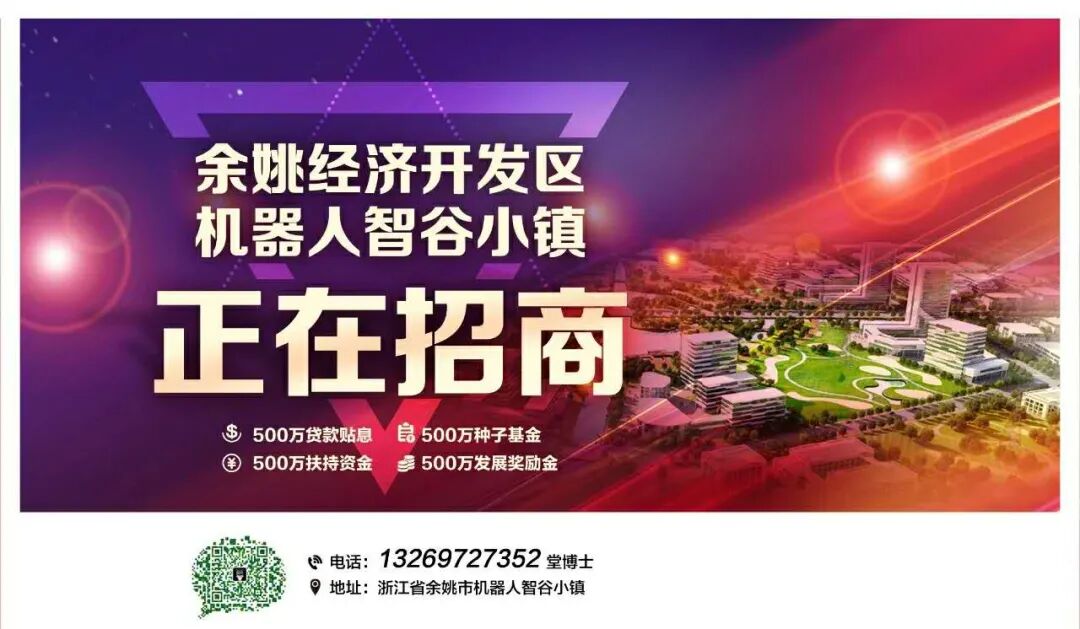
Join the Community
Welcome to join the 【Robot Lecture Hall】 reader discussion group, to discuss topics related to robots and share cutting-edge technology and industry dynamics.
Discussion groups on educational robots, medical robots, legged robots, industrial robots, service robots, special robots, drones, soft robots, etc. are recruiting. Follow the Robot Lecture Hall public account and send “Discussion Group” to get the joining method!
Recruiting Authors
The Robot Lecture Hall is recruiting 【part-time content creators】. If you are interested in writing articles on 【technology】 or 【industry】 related to robots, please send your resume and original works to the email:[email protected]
We have no requirements for profession, location, etc., and welcome friends to join!
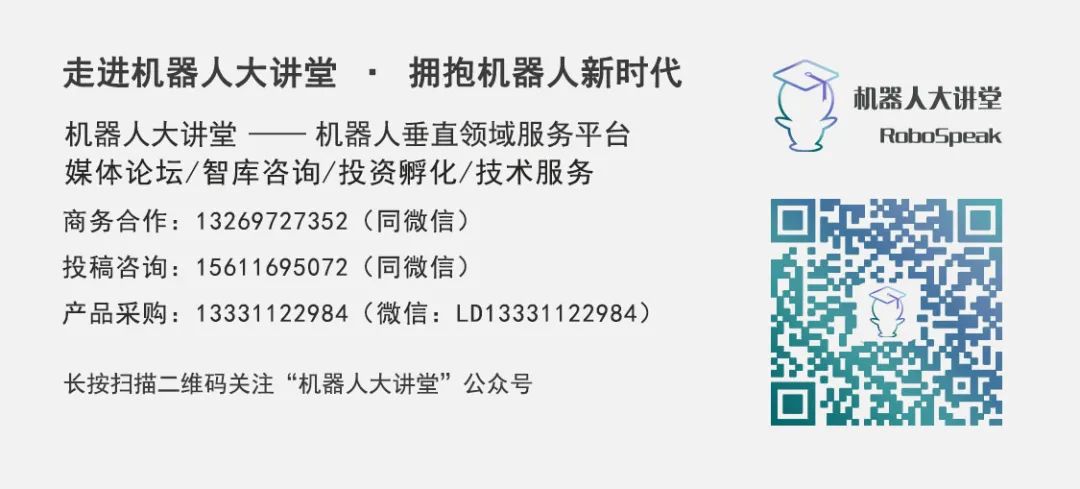

Feeling tired? Tap “Looking” to support us!